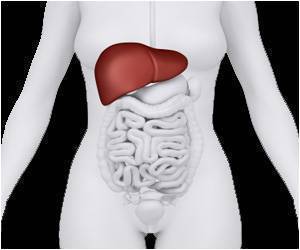A hunger-regulating hormone in humans has ancient origins in starfish.
- Scientists traced the appetite hormone bombesin back 500 million years
- Starfish use a similar hormone, ArBN, to control their feeding behavior
- This discovery may lead to new treatments for obesity and marine conservation
Bombesin-related peptides and their receptors: recent advances in their role in physiology and disease states
Go to source). This ancient discovery sheds light on how hunger control evolved across species. Not only could this lead to new weight-loss treatments, but it may also help manage starfish invasions affecting marine ecosystems.
A hunger hormone in humans existed 500 million years ago in starfish! #hormones #evolution #medindia’
500-Million-Year-Old Hunger Secret!
Ever wondered what controls your hunger? Scientists have uncovered that bombesin, a hormone regulating appetite in humans, has existed for over 500 million years! Even more astonishing, starfish use a similar hormone, ArBN, to control their unique way of eating—ejecting and retracting their stomachs. This ancient connection between humans and starfish is rewriting what we know about appetite evolution!Starfish Reveal Evolution’s Secrets
The effect of ArBN on stomach retraction in starfish was discovered through research at Queen Mary University. It was found that this process is similar to how bombesin induces a feeling of fullness in humans. This connection reveals an ancient mechanism of appetite regulation. Through this discovery, new insights into the evolution of hunger control have been gained.Because of their elevated expression in a range of human malignancies, such as those of the prostate, breast, small cell lung, and pancreatic cells, bombesin (Bn) receptors have demonstrated significant potential for tumor targeting (2✔ ✔Trusted SourceBombesin receptors as potential targets for anticancer drug delivery and imaging
Go to source).
From Starfish to Weight Loss Drugs
The discovery of ArBN in starfish could pave the way for groundbreaking weight-loss treatments by inspiring new appetite-suppressing drugs. Scientists believe that mimicking this ancient hunger-regulating mechanism may offer new solutions for obesity. Additionally, understanding how ArBN controls starfish feeding could help manage marine invasions that threaten shellfish farms. This research not only deepens our knowledge of evolution but also holds exciting medical and environmental applications. Bombesin-related peptides and their potential to revolutionize treatments in obesity, cancer, and neurological disorders (1✔ ✔Trusted SourceBombesin-related peptides and their receptors: recent advances in their role in physiology and disease states
Go to source).
References:
- Bombesin-related peptides and their receptors: recent advances in their role in physiology and disease states - (https://pubmed.ncbi.nlm.nih.gov/18185064/)
- Bombesin receptors as potential targets for anticancer drug delivery and imaging - (https://pubmed.ncbi.nlm.nih.gov/31295552/)
Source-Medindia












